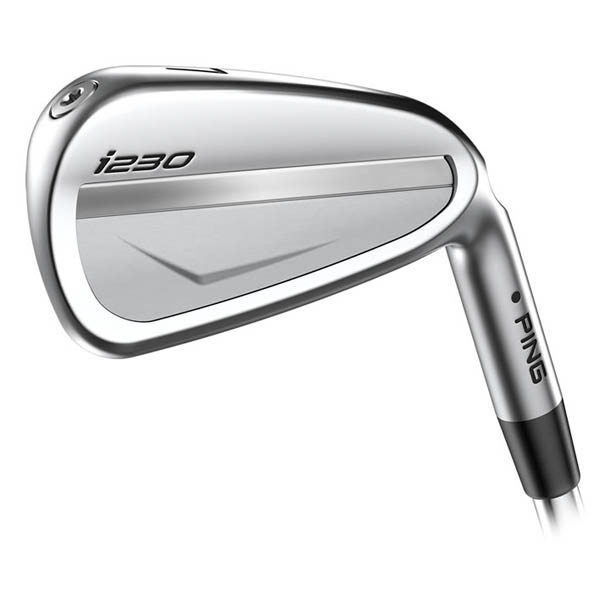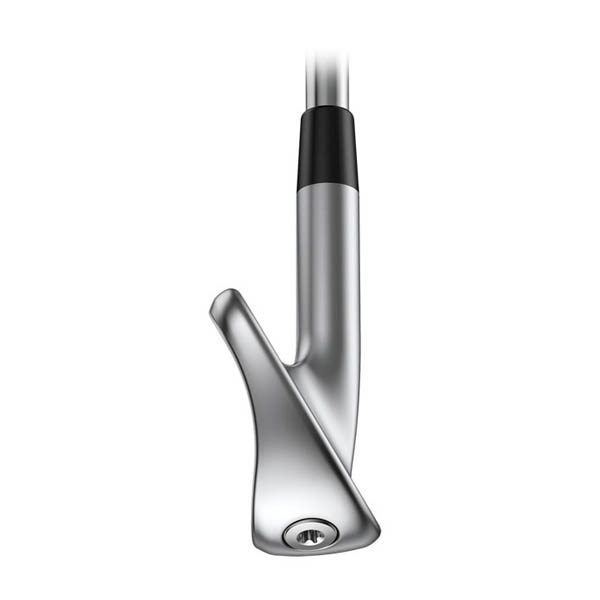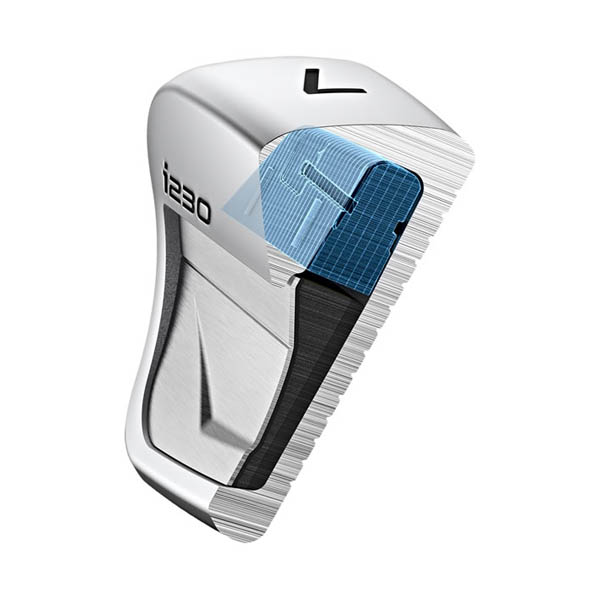2025 Colorado Getaways: Steamboat Springs
Steamboat Springs is like a secret only you and your friends know
By Tony Dear

Ping President and CEO, John K. Solheim, says his company’s new player’s iron, the i230 which was introduced on Tour during the summer and which replaces the much-admired i210, puts him in mind of Ping’s best-selling iron ever – the EYE2. That’s a bold claim that really could only be made by the head of the company that made it…with any credibility, anyway.
At first glance, though, it’s difficult to see the connection. The EYE2 that broke sales records in the 1980s and was incredibly popular with both Tour pros and amateur golfers of pretty much any handicap from club champions to club-throwers, was a fairly large-headed, cavity-backed iron with a high toe and tremendous perimeter-weighting that, at the time, completely redefined forgiveness. The i230, on the other hand, is part of Ping’s i-stable meaning it has something of a blade look about it that will appeal far more to the company’s Tour players than it will anyone with a handicap, especially one in double digits, and definitely as the longer irons are even more compact than the i210 long irons.

But, of course, Solheim knows of what he speaks. “In the i230 iron, we’ve engineered a lot of performance into one design,” he says. “It has the precise control and consistency of a player’s iron with an amazing feel while offering the forgiveness of a game-improvement iron. It reminds me a lot of the iconic EYE2 iron in that it will appeal to so many player types. It’s really packed with performance.”
Players’ irons offering more forgiveness than they once did is nothing new, of course. Manufacturers have been claiming their low-handicapper’s irons are surprisingly forgiving for years. The i230 seeks to crest the current bar, however, with an impressive combination of speed and forgiveness as well as superb feel.
That feel comes from reduced impact vibrations and a softer, less harsh sound resulting from improvements to the activated elastomer located low and inside the cavity plus a four-piece cavity badge that combines a thin 304 stainless steel cap with an injection-molded thermoplastic secured to the cavity with high-strength adhesive.

The activated elastomer sits in what Ping calls a ‘toaster-style pocket’ hidden behind the badge, and it saves engineers a significant amount of weight (24 grams) which can be repositioned around the perimeter and low in the head increasing the club’s Moment of Inertia (MoI) and creating the forgiveness we associate with Ping – forgiveness further increased by tungsten weights in the toe and heel area around the tip of the shaft.
The speed comes from the more flexible face (bendier than the i59 and Blueprint but not quite as active as the i525) which is supported by the elastomer inside and which gives you about three more yards per club according to Ping.
The Hydropearl 2.0 finish helps to improve consistency especially in wet conditions, and the tightly-packed MicroMax grooves likewise help keep your spin rate consistent.
Distance, forgiveness, feel and consistency – it’s a lofty and noble goal. A quartet of benefits will make the i230 another highly-valued Ping iron. Whether it can possibly be as popular as the EYE2, though, remains to be seen.
$205 per iron (steel), $220 (graphite) – 3-9 PW and UW
Lofts – Standard 5-iron is 26 degrees, PW 45 degrees
Power Spec – .5 and 1.5 degrees stronger
Retro Spec – all lofts 2˚ weaker than standard
Shafts – Dynamic Gold 105 (R300, S300) & PING Alta CB Black (SR, R, S) are stock. Numerous custom options available.
Right and left-hand
Available now.
www.ping.com
Colorado AvidGolfer Magazine is the state’s leading resource for golf and the lifestyle that surrounds it, publishing eight issues annually and proudly delivering daily content via coloradoavidgolfer.com.
Steamboat Springs is like a secret only you and your friends know
Vail Valley is home to an endless array of summer outdoor pursuits